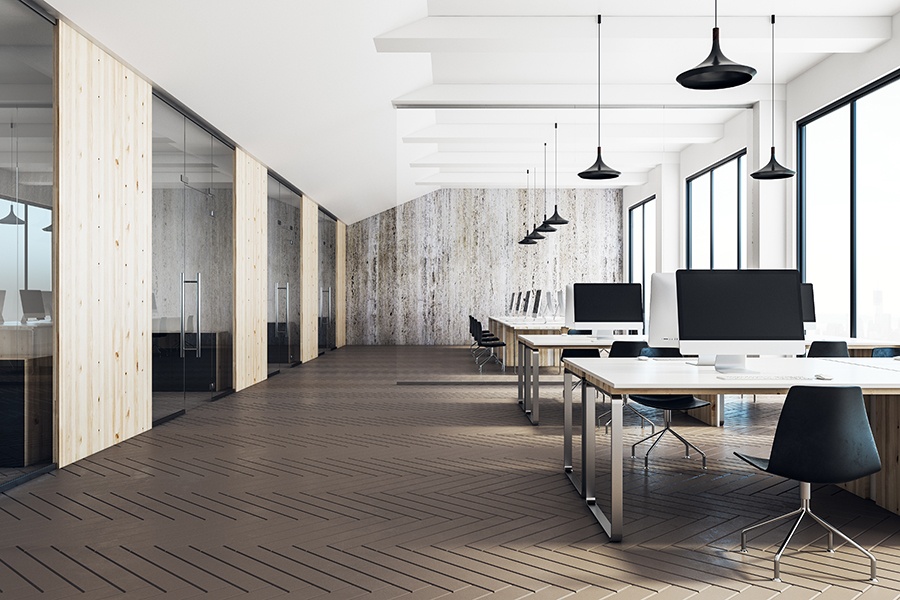
Right now, it seems like open offices are all the rage. Employers believe that these shared communal work spaces encourage collaboration and foster a feeling of community that boosts employee morale. But is this new trend in spatial planning really best for businesses? Read on to learn more about open offices and what experts believe offices will look like in the future.
Now that open offices have been in use at many large companies, experts are weighing in on the drawbacks of these communal work areas. Some problems with open offices include:
The Future of Open Offices
1. Poor Productivity
Open offices mean abundant distractions. Tasks that might once have taken five minutes may take an entire hour with employees trying to tune out their coworkers. Plus, workers in open offices are frequently interrupted, and experts caution that can take the average person eight to 20 minutes to regain their concentration and get back on task after an unexpected visitor or conversation disrupts their work.
2. Not Ideal for All Jobs
Open office plans take a one-size-fits-all approach to spatial planning. Unfortunately, the benefits of open office spaces like easy collaboration are not really helpful for employees in many roles. Jobs that require intense concentration or that involve handling sensitive information are still best performed in private offices.
3. Drain on Employees
Not all employees are eager to be able to easily socialize with peers. Introverts may find being so close to their fellow coworkers to be draining, leading to poor concentration and a drop in morale. Plus, all employees may long for a private space when they need to handle a delicate situation or make a personal call.
The Offices of the Future
Due to the shortcomings of open office spaces, experts anticipate that the communal work area will be largely phased out at large companies. What will replace them? Here are some possibilities:
1. Mixed Space Offices
Companies are discovering the benefits of mixed space offices that include private, semi-private and open offices. Employees may be assigned to a specific area that is best for their job description or be given the freedom to move through various spaces during the day.
2. Co-Offices
With more employees wanting to telecommute, companies are likely to lean toward co-offices. A co-office is a building in which many companies pay for the privilege to use as needed. Onsite, employees find copiers, desktop computers and charging stations to use. The buildings often feature communal areas as well as private and semi-private spaces. Some even have onsite coffee shops, restaurants and bars. Co-offices give telecommuting employees a place to meet with coworkers for collaboration and to work outside the home and are often more cost effective for employers.
3. Non-Offices
In the future, companies may do away with offices entirely. When the majority of a company's work force is able to work out of a backpack, employees may be able to do most of their daily tasks from home and then meet with coworkers in public places like coffee shops for meetings.
Here are a few other articles you might enjoy:
7 Tips When Touring Potential Office Space
Looking for Office Space? Don't Forget These 8 Things
5 Less Known Things to Look For When Finding Office Space
Subscribe to our blog for more CRE tips!!








